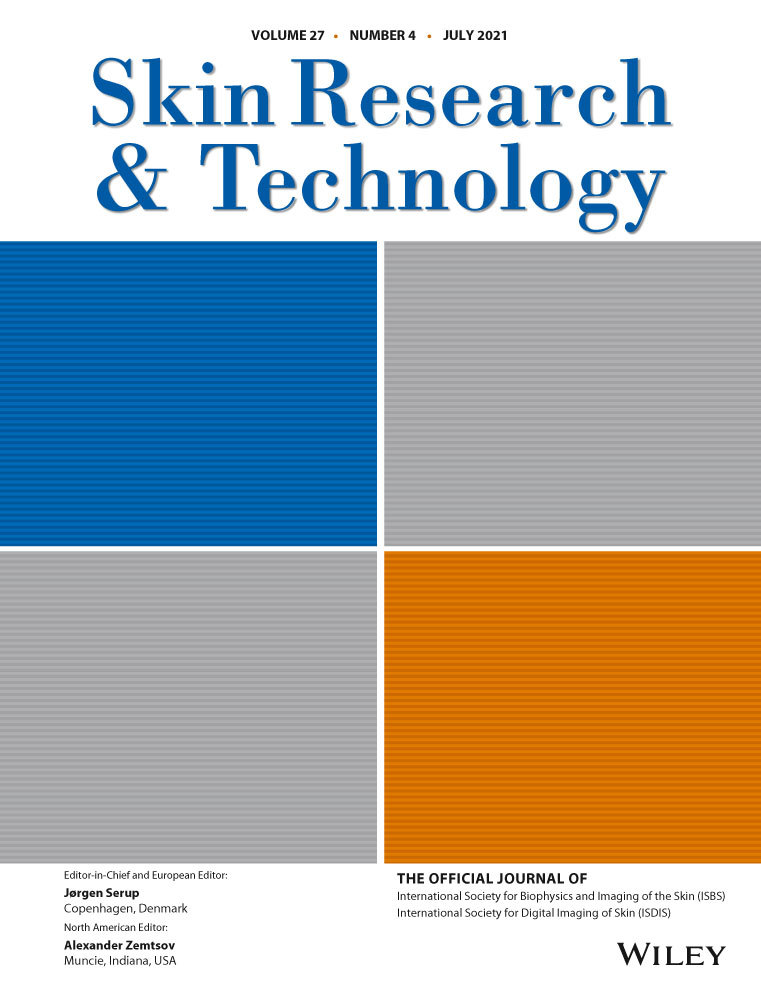Visible characteristics and structural modifications relating to enlarged facial pores
Abstract
Background
Many factors relate to enlargement and visibility of facial pores. However, how enlargement relates to modification of the skin structure is still poorly analysed. Therefore, our aim was to characterise the visible features and the micro-environment of facial pores.
Materials and Methods
We recruited 160 women, half of them with normal-size facial pores, the other half presenting enlarged pores. We analysed their right cheek using standardised photography, in vivo reflectance microscopy and optical coherence tomography.
Results
If the area of pores is indeed the most differentiating visible characteristic, enlarged facial pores are also denser and more contrasted. At the structural level, enlarged facial pores present a more regular organisation of keratinocytes, an irregular dermo-epidermal junction and a higher attenuation of collagen between the surface and deeper layers. Still, the most relevant alterations of enlarged facial pores are the presence of bright tubular structures surrounding hair follicles and enlarged hair shafts.
Conclusion
These observations suggest that alterations of the stroma could result in altered skin tensions, leading to the dilation of the infundibulum and enlarged hair shaft. The modified tension would also explain the more regular organisation of the keratinocytes and the irregular dermo-epidermal junction.
CONFLICT OF INTEREST
AN and KV are full-time employees of Clarins, a major company specialised in the design, manufacturing and marketing of cosmetic products. GP, SC and NDC have no conflicting interests to declare.




